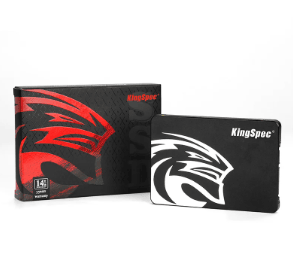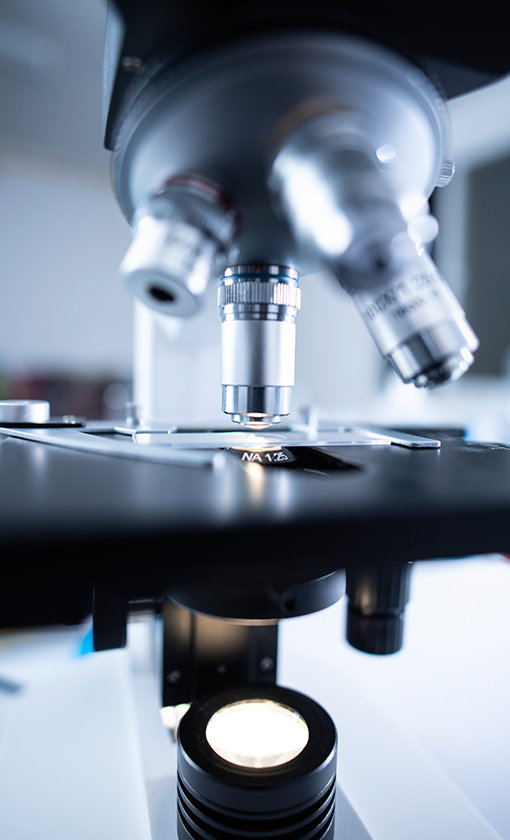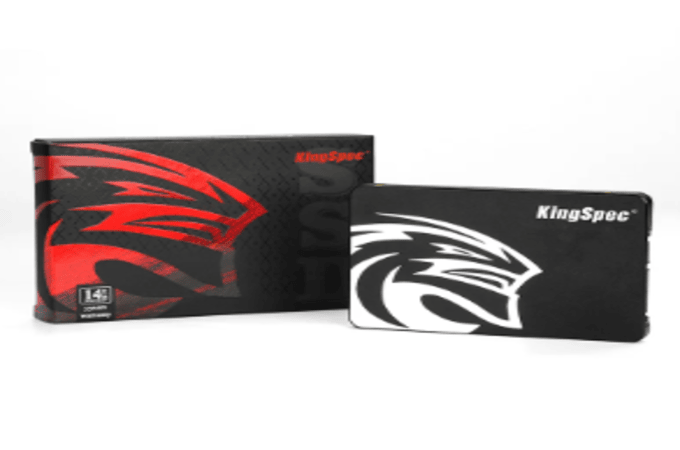Modern internet applications are propelled by data. In an interconnected world where everyone wants it all right away, the speed with which data is transferred into and out of your application can either make or mar it.
That is why selecting the right drive for your servers is critical. When deciding on the best storage capacity and disk performance offer for your dedicated server, keep the core requirements in mind.
Cost, rotation speed, and storage and cache capacity, are important considerations for storage disks.
SSD, SAS, and SATA are well-known names in data storage. While they all perform the same function of data transfer, their designs and capabilities differ.
Contacting a reputable SSD supplier is one of the considerations in getting a data storage device that best suits your need.
SSD
This computer drive does not have mechanical rotating parts and provides excellent performance. Zero-spinning platters also mean lower failure risks and higher power efficiency.
If you want speed, these are a solid investment because they have 100 times the throughput of conventional drives.
SSDs are dependable and well-suited to high-frequency transactional data such as a database or bank transactions.
SSD provides the following technical fronts:
· Speed of 550 MB per second.
· The mean time between failure (MTBF) is 1.5 million hours.
· Storage capacities range from 120GB to 30.72TB.
· The rate of data transfer from 200 MB/s to 550 MB/s.
Benefits
· They are shock-resistant since they lack moving components such as spindles.
· Delivers unrivaled speed while consuming less power. As a result, there is a low carbon footprint.
· Mechanical damage is reduced.
· Low operating expenses.

SAS
This drive links with the disk drive via a point-to-point interface. It is typically used by administrators in workstations and higher-end servers.
SAS operates on a dual-port system and has a higher capacity. In the event of a controller malfunction in SAS drives, redundancy is maintained with uninterrupted performance.
On the technical side, it provides:
· Speed range of 7,200 RPM to 15,000 RPM.
· At 45°C, the MTBF is 1.2 to 1.6 million hours.
· 600 GB of storage.
· Maximum rate of data transfer of 15 Gb/s.
Benefits
· SAS lowers the amount of physical interconnects, reducing storage failure rates.
· Delivers high performance, resulting in increased bandwidth and improved drive performance.
· Due to their physically small structure, data centers can keep improving their energy efficiency.
· Furthermore, their smaller footprint enables the initial setup of more drives per system, resulting in increased uptime and performance density.
· Higher scalability due to its ability to scale to over 100 drives.
· It's quite valuable when speed seems to be more significant than capacity.
SATA
SATA connects mass storage components via a bus interface. They are well-known for their large storage capacity and high power efficiency.
They are best suited for archival data, file sharing, backup, web, and email, and can also be found in low-end servers.
The technical fronts:
· The speed ranges from 5400 to 7200 RPM.
· At 25oC, the MTBF ranges from 7,000 to 1.2 million hours.
· Storage capacity of more than 2 TB.
· Up to 6 Gb/s.
Benefits
· High storage capacity
· Power efficiency
· Enhanced data transfer rate
· Multiple drive support
· Are inexpensive, which is why they are popular among consumers.
Which Drive Is Truly Superior?
While the decision between SAS, SSD, and SATA is entirely dependent on the requirements, most businesses choose SAS for their operation web pages.
This is because SAS, or even SSD, provides higher throughput, faster speeds, and a reduced risk rate. On the other hand, if storage is more important to you than speed and reliability, SATA is the way to go. So, SAS drives are superior.
In Need of a reliable SSD supplier?
Do contact a professional SSD supplier if you are looking to get a high-performance and power-efficient storage device. Kindly click here to check and make your order today.






















